Your Next Design Challenge Might Be Quantum

The year is 2030. Your quantum-enhanced EDA software just simulated a new battery material at the molecular level – a job that used to take months, now done in half an hour. Across the room, your colleague uses a quantum-classical hybrid system to optimize a complex RF layout, simultaneously exploring millions of possible configurations. Meanwhile, your team's cryptography expert implements the latest quantum-resistant protocols to secure your designs because traditional encryption can no longer provide meaningful protection.
This isn't science fiction. It's the future of electronics engineering, and it's arriving faster than many realize. Quantum computing is on the verge of transforming how we design, simulate, and protect electronic systems. For engineers, that means preparing for a wave of disruption and opportunity.
In recognition of the accelerating impact of quantum technologies, the United Nations has declared 2025 the International Year of Quantum Science and Technology. This initiative will promote quantum's growing role across disciplines, encouraging public and professional engagement with the field.
Understanding the Quantum Leap
To understand why quantum matters, it helps to contrast it with classical computing. Classical computers use bits that are either a 0 or a 1. Quantum computers use qubits, which can be 0 and 1 at the same time – a property called superposition. When qubits become entangled, their states are linked, allowing concurrent computations across many possibilities. These features make quantum machines ideal for problems that overwhelm classical processors.
At the core of these quantum machines is the quantum processing unit (QPU), the counterpart to the classical CPU. A QPU houses qubits as well as the control electronics and classical hardware needed to manage them. Together, they form a precision system capable of executing quantum instructions while filtering out the environmental noise that can throw off fragile qubit states.
Why Quantum Matters for Electronics
Quantum computing is already starting to impact the world of electronics. Three practical areas stand out:
- Materials Discovery: Simulating molecular interactions with classical tools is time-intensive and often imprecise. Quantum systems can model these behaviors at the quantum level, speeding the development of semiconductors, batteries, and other advanced materials.
- Design Optimization: Quantum computers excel at exploring massive solution spaces. This capability opens new frontiers in analog circuit layout, memory cell design, and other design fields.
- Security and Resilience: As quantum machines gain power, they threaten to break today's encryption. But they also support the creation of quantum-resistant algorithms, some of which are already embedded in hardware today.
Racing Toward Readiness
IBM, Google, and D-Wave have all made rapid advances in quantum technology over the past two years, with competitive roadmaps, bold research targets, and a growing ecosystem of partners and customers testing quantum solutions. These companies are shaping the software stacks, cloud access models, and research collaborations that will define early quantum applications. This convergence of innovation, commitment, and collaboration is helping to make quantum computing more relevant to engineers and scientists working in the "real world," not just to those working in quantum laboratories.
The R2 IBM Heron quantum processor, announced in late 2024, features 156 tunable-coupler qubits and runs up to 50 times faster than its predecessor, the original Heron, released in late 2023. When combined with open-source Qiskit software tools, the R2 Heron processor can perform 5,000 two-qubit gate operations, double the previous best (as of late 2024). According to IBM researchers, this performance prepares it for complex quantum computations.
Google’s Willow QPU, announced in December 2024, includes 105 superconducting transmon qubits and demonstrated a milestone in quantum error correction: error rates go down as more qubits are added. Willow recently completed a complex benchmark in under five minutes, a task that would take classical supercomputers a mind-boggling 10 septillion years!
Unlike most competitors, D-Wave took a fundamentally different path in quantum computing by focusing on quantum annealing – a technique specifically designed for solving optimization problems. While gate-based quantum computers (like those from IBM and Google) aim to become general-purpose systems capable of running a broad range of algorithms, quantum annealers like D-Wave’s are highly specialized. They excel at finding optimal solutions in vast and complex search spaces, making them ideal for logistics, scheduling, machine learning, and material modeling.
In March 2025, D-Wave announced that its Advantage2 system, built with over 7,000 superconducting qubits and 20-way qubit connectivity, had achieved a significant milestone. It successfully simulated a challenging material science problem in just 20 minutes. A traditional supercomputer would take an estimated one million years to perform this work. While not as dramatic as the benchmark dominance claims by gate-based systems, this achievement highlights D-Wave’s unique strength in applying quantum tools to real-world industrial optimization problems.
Chinese researchers announced Zuchongzhi 3.0, a quantum processor that clocks in at one quadrillion times the speed of today's best supercomputers. With 105 superconducting qubits, the chip shows that, despite US trade sanctions, China is a contender in the race for quantum computing technology.
Beyond these headline-grabbing chips and machines, a new wave of developments shows the field’s momentum. Researchers linked multiple quantum processors together for the first time in early 2025, a critical step toward scalability. Around the same time, a 56-qubit quantum system generated "certified randomness," creating provably unpredictable numbers. This leap could revolutionize encryption, simulations, and secure communications.
EDA Gets a Quantum Assist
Designing high-performance circuits is one of the most complex tasks in electronics engineering. Classical EDA tools often rely on brute-force simulation and sequential testing, which can take days, weeks, or even months. As envisioned in our opening scenario, quantum-enhanced EDA tools promise to speed that up dramatically by evaluating thousands or millions of possible configurations concurrently. This quantum advantage is especially compelling for problems like analog circuit optimization, layout routing, and power distribution, where the solution space quickly becomes too vast for classical tools to explore exhaustively.
Meanwhile, companies like NVIDIA and Keysight are collaborating with Google Quantum AI to advance large-scale quantum circuit simulations and develop new modeling techniques for superconducting components. Hybrid architectures – combining classical design flows with quantum accelerators – are already delivering measurable improvements on targeted tasks, marking a shift from experimental novelty to applied engineering tool.
Getting Started with Quantum Tools
Fortunately, you don’t need a quantum lab to get started. Cloud-accessible platforms allow engineers to test quantum and quantum-inspired optimization techniques without specialized infrastructure. IBM’s Qiskit Metal integrates with familiar EDA and simulation tools, allowing engineers to design quantum hardware in Python. Amazon Braket and Microsoft Azure Quantum offer cloud access to quantum processors, including systems from IonQ, Rigetti, and D-Wave.
Facing Real-World Challenges
Despite the promise, today’s quantum machines remain delicate and resource-intensive. Superconducting qubit systems typically require dilution refrigerators and shielding equipment to maintain cryogenic temperatures near absolute zero – conditions that are highly sensitive to environmental noise. Even small-scale processors demand stable thermal environments, precise microwave control, and extensive calibration.
These physical and engineering constraints limit the accessibility of hands-on quantum hardware. But they’re also driving innovation in miniaturization, cryo-electronics, and modular design. Engineers are developing cryo-CMOS circuits, experimenting with superconducting interconnects, and refining the interfaces that bridge quantum and classical domains. There’s progress, but robust, scalable systems still face daunting engineering challenges with power, cost, and system integration.
Where Engineering Goes Next
The quantum era won’t replace classical electronics. It will augment and accelerate it. For engineers, that means new tools for tackling problems that were once considered impractical or impossible. As these capabilities evolve, those who explore them now will gain the technical fluency needed to shape how quantum capabilities are engineered into the systems that will redefine how we design, simulate, and secure electronics in the quantum era.

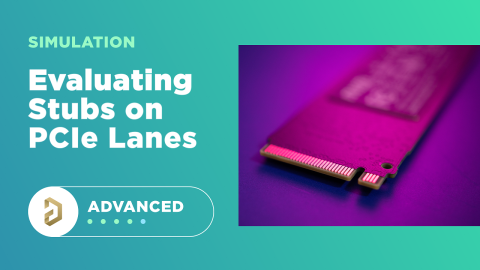
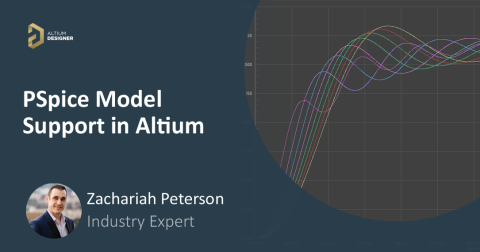
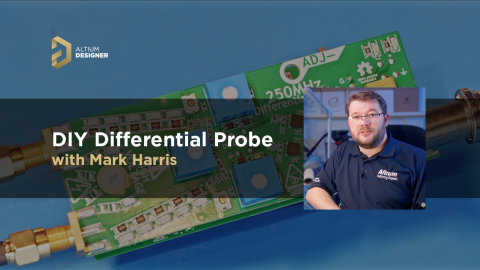

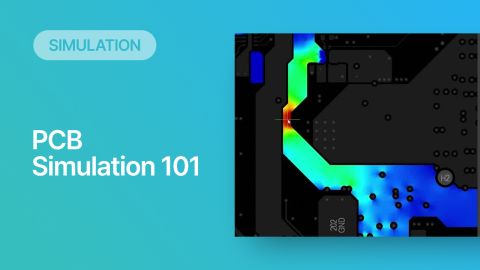


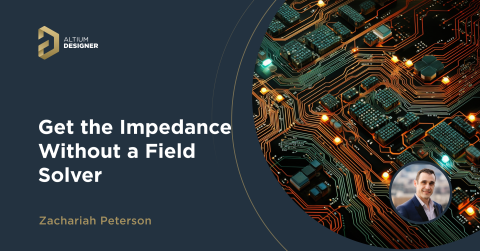
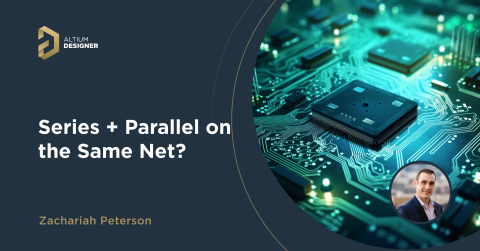


 Back
Back